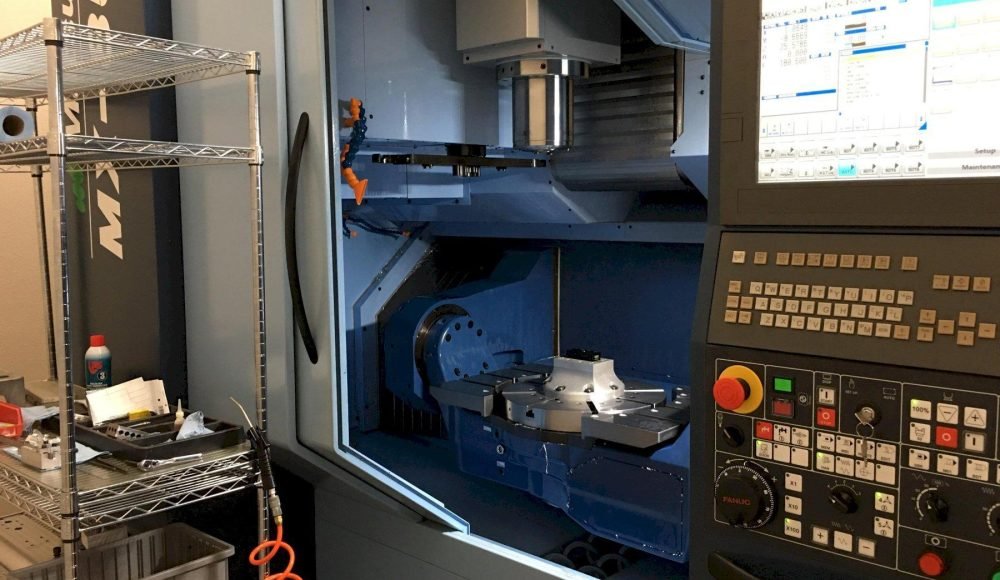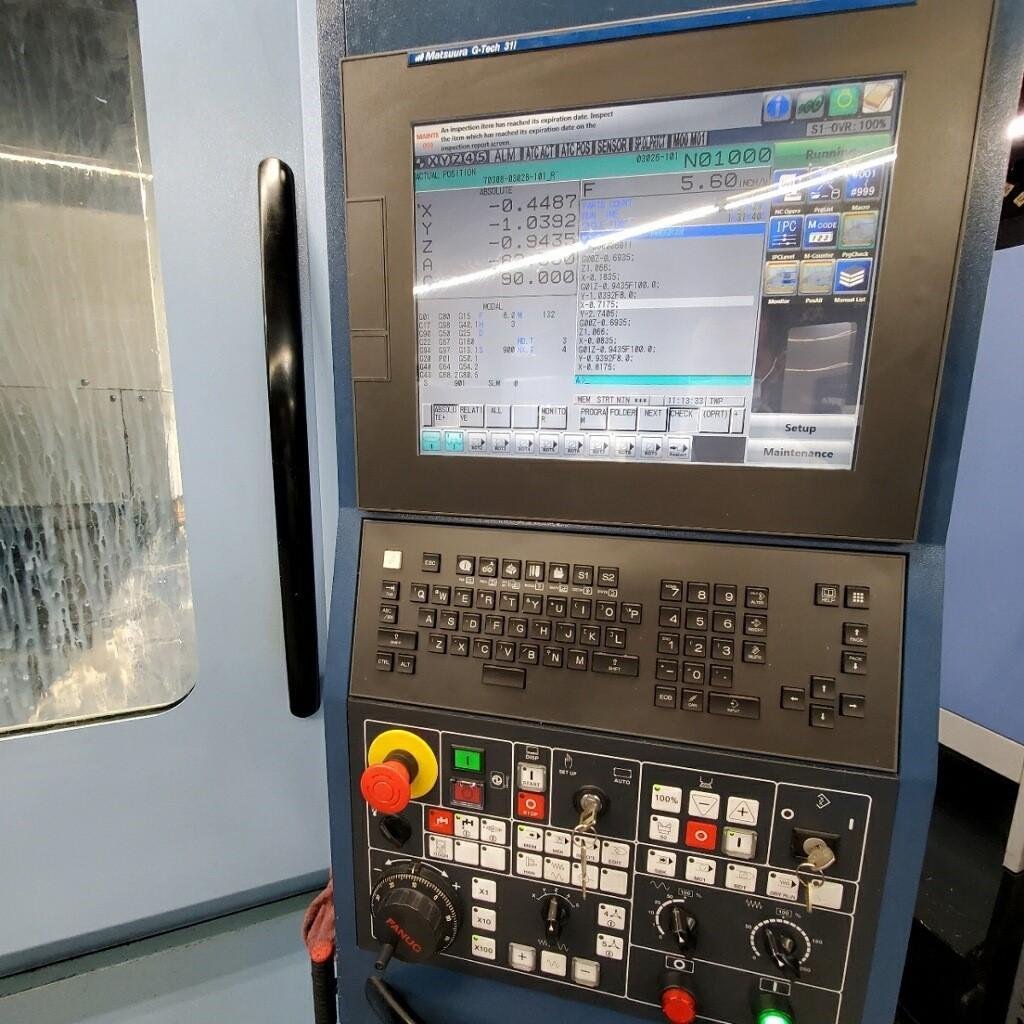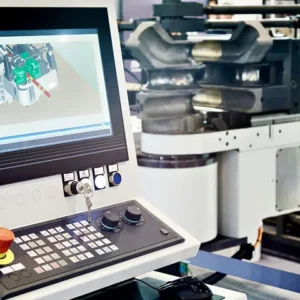In the world of modern manufacturing, machining centers have become indispensable. From automobiles and aircraft to intricate medical devices, machining centers provide unmatched precision, flexibility, and efficiency. This comprehensive guide dives deep into the world of machining centers, detailing their components, types, applications, and more.
What is a Machining Center?
A machining center (MC) is an advanced, computer-controlled machine tool capable of performing multiple machining operations. Unlike conventional machines, which require manual adjustments for tool changes, machining centers are equipped with automated systems such as Automatic Tool Changers (ATC), significantly reducing downtime and increasing production efficiency.
Machining centers handle numerous tasks including:
Milling
Drilling
Boring
Tapping
Grinding
Reaming
Their versatility allows industries to produce complex parts with extreme precision.
Historical Background
The concept of the machining center dates back to the early 1950s. Inventors John T. Parsons and Frank L. Stulen collaborated to create the first numerically controlled milling machine. Their pioneering work was further refined by the Massachusetts Institute of Technology’s Servomechanisms Laboratory, laying the foundation for today’s CNC machining centers. This revolutionary technology introduced automation, dramatically boosting accuracy and productivity in manufacturing.
Main Components of a Machining Center
Machining centers comprise various complex components, each crucial for accurate and efficient operations:
1. Main Spindle Area
Holds cutting tools and provides the necessary rotational speed.
Determines machining accuracy and surface finish quality.
2. Taper Feed Mechanism
Precisely positions cutting tools.
Ensures accurate tool depth and angle during machining.
3. Automatic Tool Changer (ATC)
Quickly and efficiently switches between tools.
Reduces manual tool change times, optimizing productivity.
4. Tool Magazine
Stores various cutting tools required during operations.
Facilitates rapid tool selection and replacement.
5. Automatic Pallet Changer (APC)
Automates loading/unloading of workpieces.
Significantly reduces downtime and increases throughput.
6. Chip and Coolant Handling System
Removes chips and delivers coolant to maintain tool efficiency and longevity.
Keeps workspace clean and enhances safety.
7. Overload and Wear Detectors
Monitors tool and machine conditions.
Prevents damage by detecting anomalies like excessive load or tool wear.
8. Automatic Door Operation
Provides safe and convenient access to the machining area.
Axes of a Machining Center
Machining centers typically operate on multiple axes, enabling precise control of tool and workpiece movement:
X-axis: Horizontal movement (left-right)
Y-axis: Horizontal movement (front-back)
Z-axis: Vertical movement (up-down)
A-axis: Rotation around X-axis
B-axis: Rotation around Y-axis
C-axis: Rotation around Z-axis
Together, these axes allow intricate movements necessary for complex machining tasks.
Types of Machining Centers
1. Horizontal Machining Centers (HMC): Side-to-Side Precision
What it is:
These machines have their spindle placed horizontally, meaning the tool cuts from the side rather than from above.
Why use it?
Ideal for heavier, larger parts because gravity helps clear chips away, keeping your work area cleaner.
Best for:
Large automotive parts, heavy equipment components, and mass production where speed and strength are key.
2. Vertical Machining Centers (VMC): Up-and-Down Versatility
What it is:
Here, the spindle points downward, with the tool cutting into the top of your workpiece.
Why use it?
Great for smaller parts and detailed work. These machines fit nicely into tighter spaces and are often easier to operate and set up.
Best for:
Small to medium-sized projects, molds, engravings, detailed precision machining, and prototype work.
3. Universal Machining Centers (UMC): All-in-One Flexibility
What it is:
These machines can rotate their spindle both horizontally and vertically. They’re often 5-axis machines, meaning they can cut from almost any angle.
Why use it?
Perfect for complex shapes or parts that require multiple operations without moving the piece to another machine.
Best for:
Aerospace parts, complex molds, medical equipment, and precision components needing multiple-angle cuts.
Typical Machining Operations
1. Milling: Cutting and Shaping
What it is: Using spinning tools to cut away material and shape a workpiece into detailed designs.
Why it’s useful: Perfect for creating complex shapes like slots, pockets, or curved surfaces.
2. Drilling: Making Holes
What it is: Creating precise holes using drill bits that spin and push into the material.
Why it’s useful: Essential for any project needing precise, clean holes for screws, bolts, or fittings.
3. Boring: Improving Existing Holes
What it is: Enlarging and refining holes to improve their accuracy and smoothness.
Why it’s useful: Ensures existing holes are perfectly sized, straight, and ready for precise fittings.
4. Tapping: Creating Threads
What it is: Cutting internal threads inside a hole to fit screws or bolts securely.
Why it’s useful: Critical for assembling parts that need to be tightly and securely fastened together.
5. Grinding: Achieving Smooth Surfaces
What it is: Using abrasive wheels to carefully remove material, creating ultra-smooth surfaces.
Why it’s useful: Great for finishing parts where smoothness and exact measurements are extremely important.
6. Reaming: Precision Finishing of Holes
What it is: Fine-tuning previously drilled holes to precise dimensions, smoothness, and roundness.
Why it’s useful: Essential when exact hole size and finish matter—such as in automotive or aerospace components.
Applications of Machining Centers by Industry
Machining centers have broad applications across various industries:
Automotive
Engine components, transmission gears, chassis parts, brake systems.
Aerospace
Turbine blades, landing gears, complex structural components.
Medical
Surgical instruments, implants, prosthetic devices.
Oil and Gas
Valve bodies, drilling tools, robust pump components.
Electronics
Precision components like connectors, semiconductor housings, heat sinks.
Marine
Propellers, hydraulic parts, structural components for ships and submarines.
Energy
Components for wind turbines, solar frames, nuclear reactor parts.
Construction
Heavy machinery parts such as gears, joints, and structural elements.
Cost of Machining Centers
The cost varies significantly based on machine type, size, functionality, and brand:
Horizontal Machining Center: $150,000–$600,000
Vertical Machining Center: $50,000–$200,000
Universal Machining Center: $200,000–$700,000
5-Axis Machining Centers: $200,000–$1,000,000
CNC Turning Centers: $60,000–$350,000
Customizations, brand reputations, and advanced features further influence prices.
Programming and Control of Machining Centers
Machining centers utilize advanced software and controls:
CAD (Computer-Aided Design): Creates precise 3D models of components.
CAM (Computer-Aided Manufacturing): Translates CAD designs into G-code.
G-code: Machine-readable instructions that control movements, speeds, and tool paths.
Control Panel: User interface for managing machine operations and program inputs.
Servo Motors & Drives: Convert electrical signals into precise mechanical movements.
Feedback Systems: Continuous monitoring and adjustments during machining.
Common Problems and Solutions
Typical issues include:
Tool Wear: Caused by incorrect usage or inadequate cooling.
Vibration (Chatter): Results from improper setups or tool selection.
Coolant Issues: Insufficient coolant can cause overheating.
Accuracy Loss: Due to worn mechanical components.
Programming Errors: Mistakes in G-code or CAM processes.
Preventive maintenance, proper training, and careful setup mitigate these issues effectively.
Differences: Machining Center vs. Traditional Machines
Machining centers differ significantly from traditional machines:
Automation: Machining centers feature automatic tool and pallet changers, reducing manual labor.
Precision: CNC controls enhance accuracy and repeatability.
Versatility: Capable of performing multiple operations within one setup.
Efficiency: High production rates and minimized downtime.
Conclusion
Machining centers have fundamentally transformed manufacturing, enhancing precision, efficiency, and flexibility. From automotive to aerospace and medical applications, their role in manufacturing complex components is indispensable. With continued advancements in technology and software, machining centers will undoubtedly play a pivotal role in shaping future industrial production.
FAQs
1: Is a machining center the same as a CNC machine?
A: A machining center is a type of CNC machine specifically equipped for multiple operations (e.g., milling, drilling) with automatic tool changers and pallet systems.
2: How often should machining centers undergo maintenance?
A: Regular preventive maintenance (weekly inspections, monthly detailed checks, annual complete servicing) ensures long-term reliability and performance.
3: Can machining centers handle multiple materials?
A: Yes, machining centers are designed to handle diverse materials, including metals, plastics, and composites, by adjusting tooling, cutting speeds, and coolant types.





